Wendy Carlos was a pioneer in the field of electronic music. A musician and composer, she was one of the first artists to use a Moog synthesizer in a professional capacity. Her work exposed much of the wider public to electronic music for the first time, and did so in a format that made it easy to digest. In our series “First Ladies of Sound,” we present you with impressively accomplished women from the history of music. And Wendy Carlos is surely one, having laid the groundwork for electronic music both technologically and artistically.
Read also: Our previous entry in the series on pioneering black radio host Martha Jean the Queen
Musical childhood and technical aptitude
Born into a musical household on November 14th, 1939 in Pawtucket, Rhode Island, Wendy Carlos learned to play the piano as a child. At the age of ten, she wrote her first composition, Trio for Clarinet, Accordion, and Piano. Wendy also displayed a proclivity for technical subjects, receiving a prize from a science competition at age 14 in 1953 for building a computer.
After high school, she studied music and physics at Brown University, and later composition at Columbia University in New York City. That was where she encountered the Columbia-Princeton Electronic Music Center, the first center of electronic music in the US. While there, she worked with such notable greats as Leonard Bernstein, Vladimir Ussachevsky, and Otto Luening, a fellow electronic music pioneer.
Read also: Check out our interview with ace product design lead for the all-new ROCKSTER AIR 2Opens in new tab
The Moog synthesizer: the birth of an electronic orchestra.
In 1964, Wendy Carlos first met engineer Robert Moog. Despite having built the first commercially available synthesizer, he himself had no musical ability. Wendy Carlos, on the other hand, took to the device quickly. Before long, she was playing her synthesizer constantly and even suggesting a number of improvements to the device, which came to be called the Moog synthesizer. For example, Wendy came up with the idea to give it a touch sensitive keyboard, making it so the user could modulate the intensity of a given note by pressing the keys harder or softer like a piano.
Read also: Check out our article on the modern comeback of analog synthesizers.
Check out the below video for a glimpse into Wendy Carlos’ workflow, and to hear a real vintage Moog in action:
Before long, she was experimenting with reinterpreting the classical music of Johann Sebastian Bach using the Moog synthesizer and a home-made multi-track recording device at home. In 1968, Wendy Carlos released these songs as her debut album, Switched-On Bach. It was a smash success, and helped electronic music to gain recognition and legitimacy as a form of artistic expression. By mixing the classic, well-known songs with the new electric sound, she made synthesizer music easier for the public to accept. For Switched-On Bach, Wendy Carlos won three Grammy Awards – for Best Classical Album, Best Classical Performance, and Best Mixed Classical Album.
But what does classical music sound like on a synthesizer? Check it out below. Bach’s Brandenburg Concerto No. 2 in F Major is played in it’s full grandeur without requiring an orchestra.
The success of her album Switched-On Bach gave Carlos the funds necessary to begin gender-affirming care in 1968. However, she still had to hide her authentic self from the public for many years. But eventually, in 1979, Wendy came out as one of the first prominent trans women in modern US history.
Enjoy electronic music with headphones from Teufel
Electronic film scores: A Clockwork Orange and The Shining
After the release of Switched-On Bach, Wendy worked as a composer on various film projects. She wrote the soundtrack for Stanley Kubrick‘s A Clockwork Orange, which came out in 1971. In it, she also continued experimenting with synthesizers, and invented a new vocoder (a device for artificially altering vocals). She then used it to put her own spin on Beethoven’s Ode to Joy and artificially recreate the sound of a choir.
In 1980, she also provided music for the horror classic The Shining, Kubrick’s film interpretation of a Stephen King novel. Two years later, she wrote the soundtrack for Disney’s Tron (1982), combining her synthesizer tracks with a film orchestra.
Read also: Our article on the 5 best film soundtracks of all time.
The synthesizer made it possible for Wendy Carlos to uncover new dimensions in sound. Listen to her title track from the Shining here below:
Experience movie music with Teufel
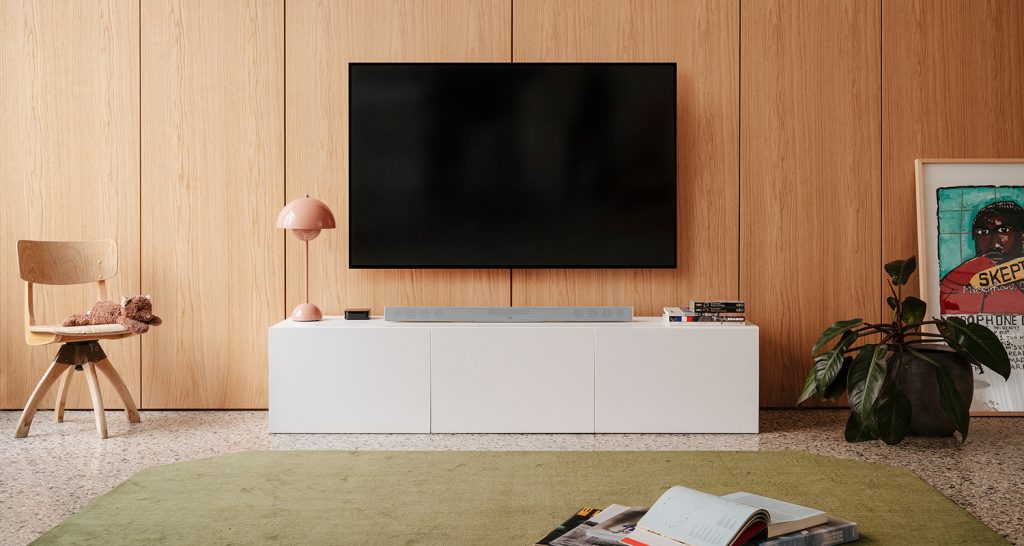 Opens in new tab
Opens in new tab▶ The CINEBAR 11 Surround “4.1-Set“Opens in new tab delivers thrilling sound for watching movies, playing games, or listening to music at home. The 4.1 soundbar’s minimalist design fits into almost any living room. The T 6 subwoofer can even be placed underneath a sofa.
▶ Save even more space without sacrificing high-quality sound with the CINEBAR ONE+. The ultra-compact soundbar fits under any TV. While the compact T 6 subwoofer provides booming bass in a very small form factor.
Home cinema with Teufel
More on Wendy Carlos and electronic music
- In the 1970s, beyond her work in films, she also experimented with ambient music, a branch of electronic music in which atmospheric sound elements exist unbound by the strictures of rhythm.
- In her 1986 album, Beauty in the Beast, she worked with alternate tunings and scales outside of classical norms. Her musical scale for this work consisted of 144 separate notes per octave!
- In 2005, Wendy Carlos was given the SEAMUS 2005 Life Achievement Award for her ground-breaking work in the realm of electronic music.
- Although she now lives a somewhat reclusive life, her influence on electronic music remains unforgotten. Her work left a lasting impact on the world of music, and will continue to serve as an inspiration for future generations to come.
- Beyond Wendy Carlos, electronic music was also influenced by Daphne Oram and Delia Derbyshire, who set the stage for techno music.
- Titelbild: ©Ryunsouke Kikuno on UnsplashOpens in new tab. Unsplash LicenseOpens in new tab.
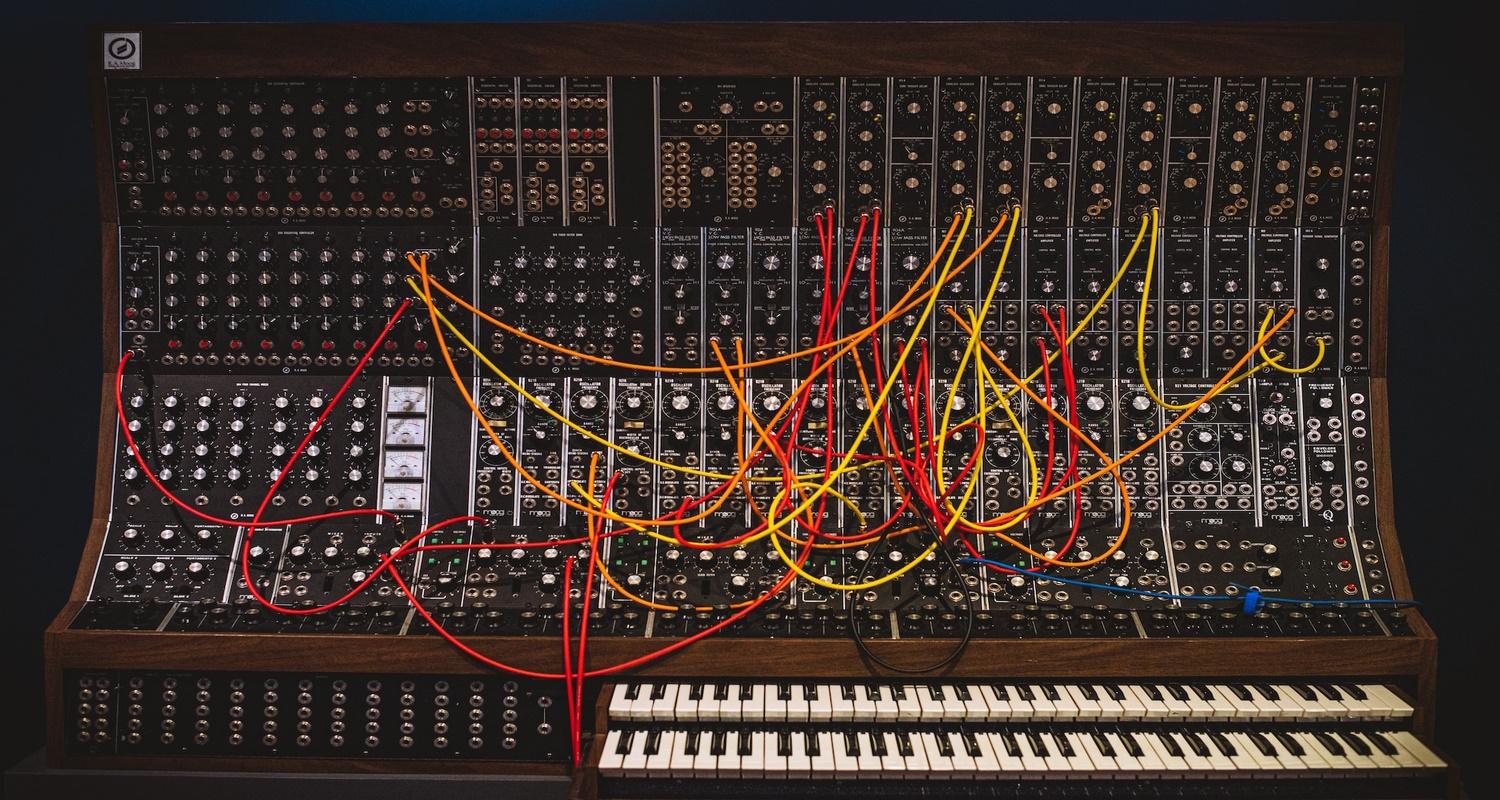

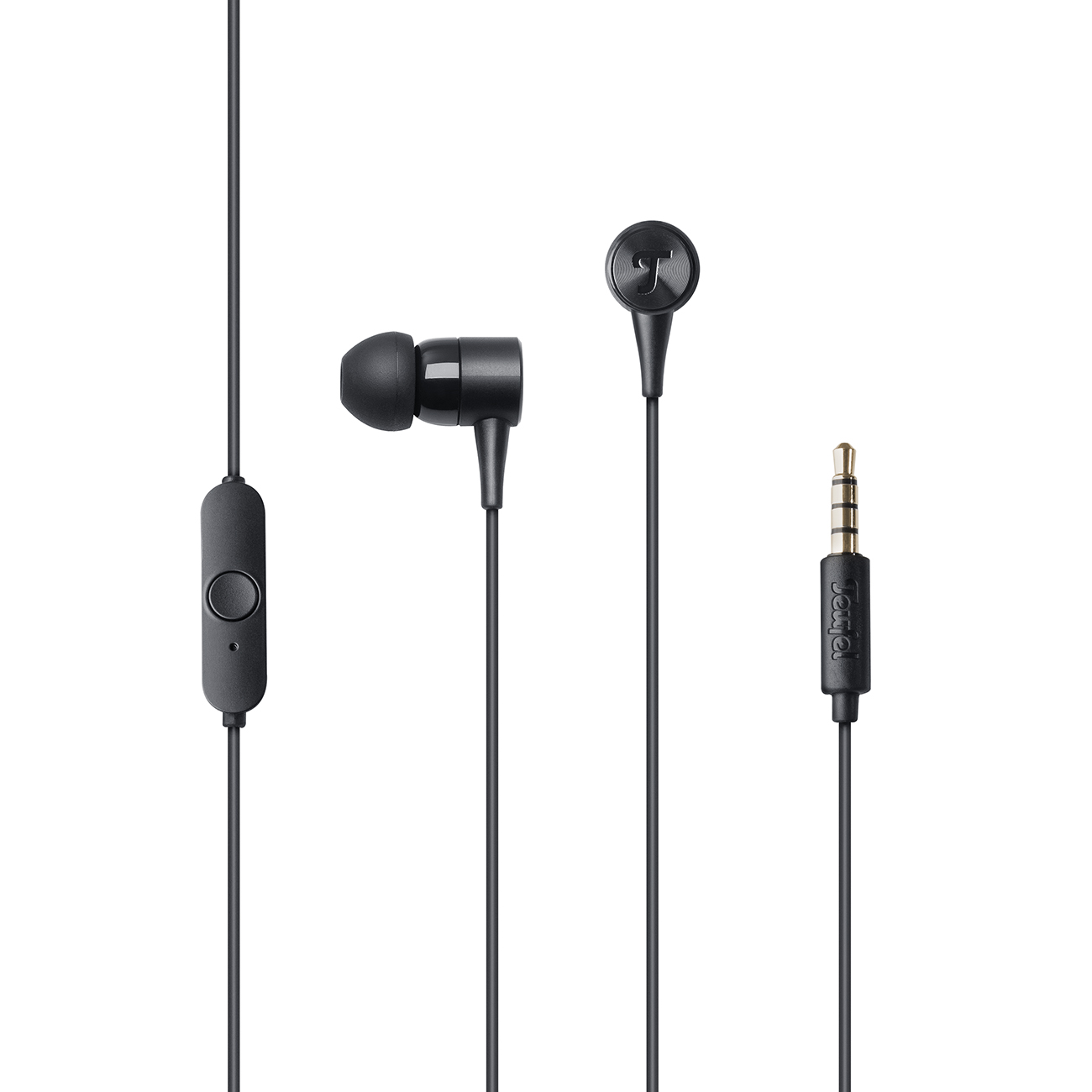
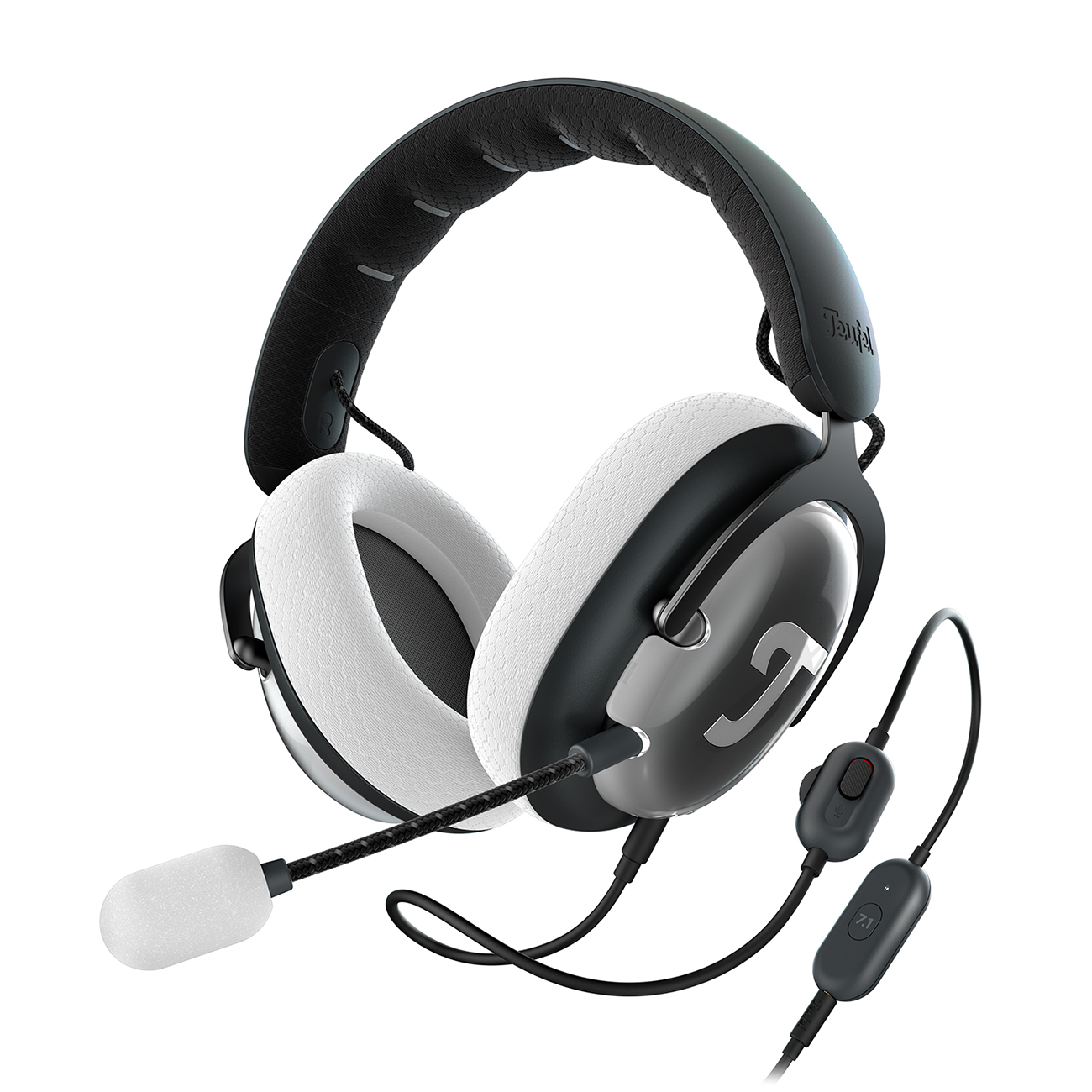

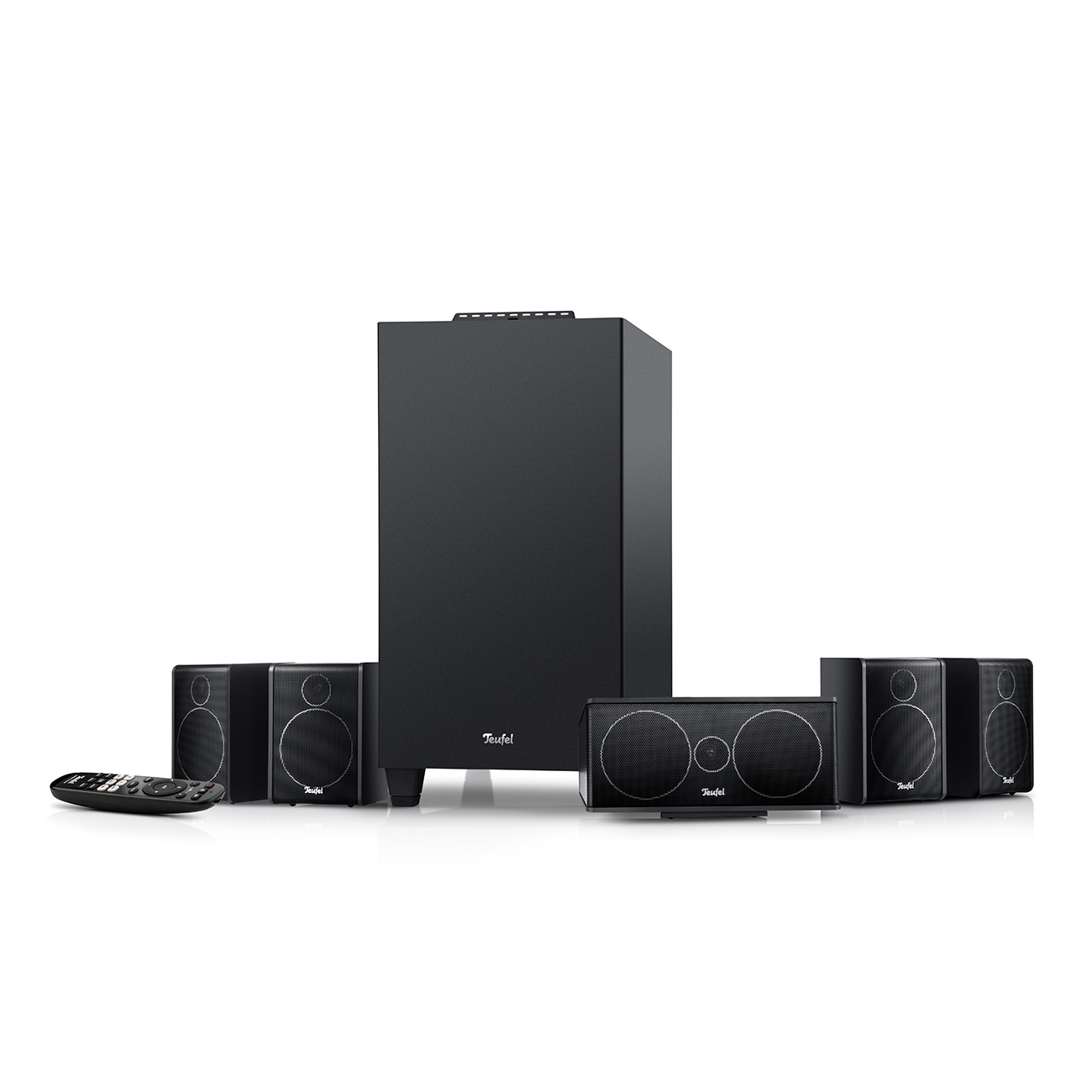
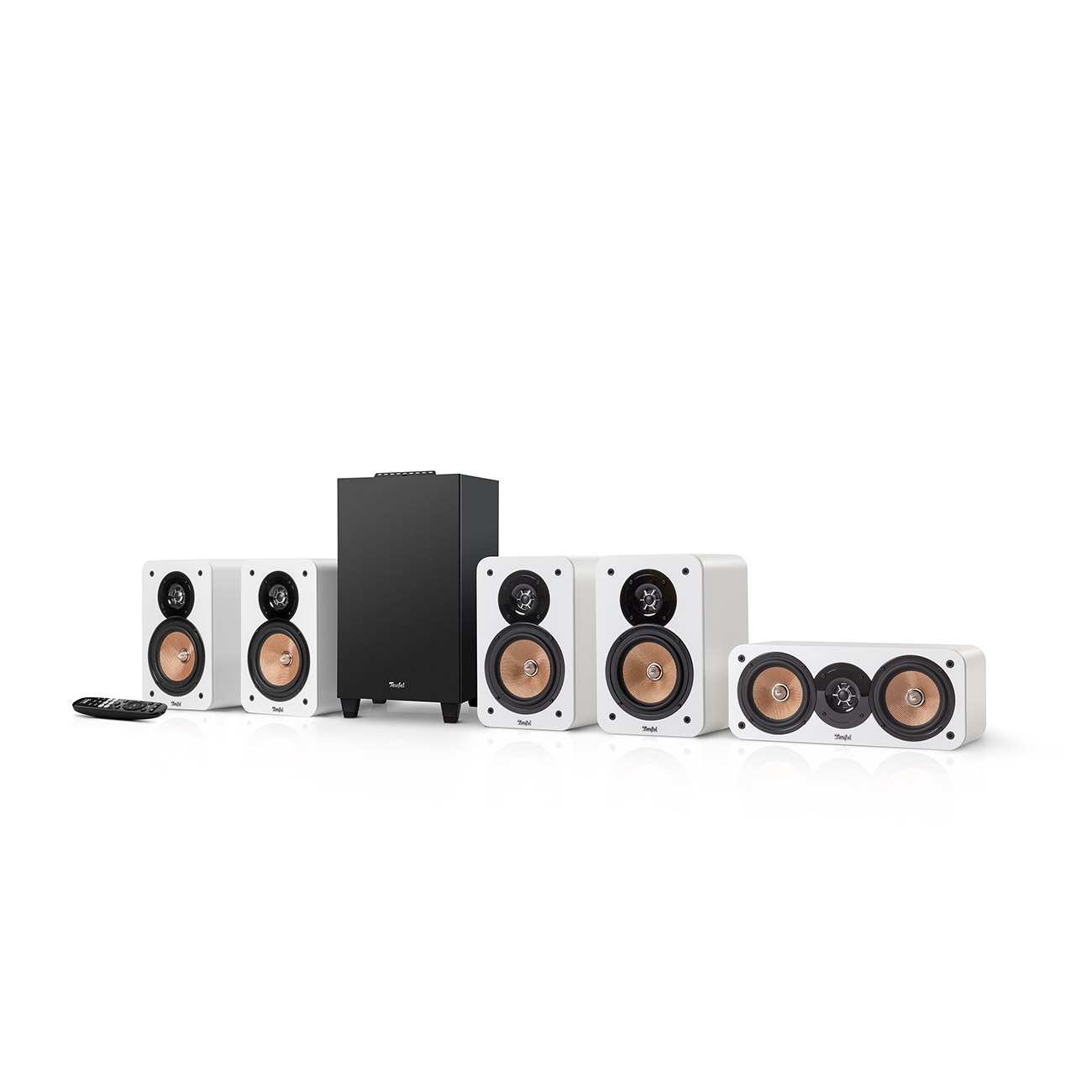
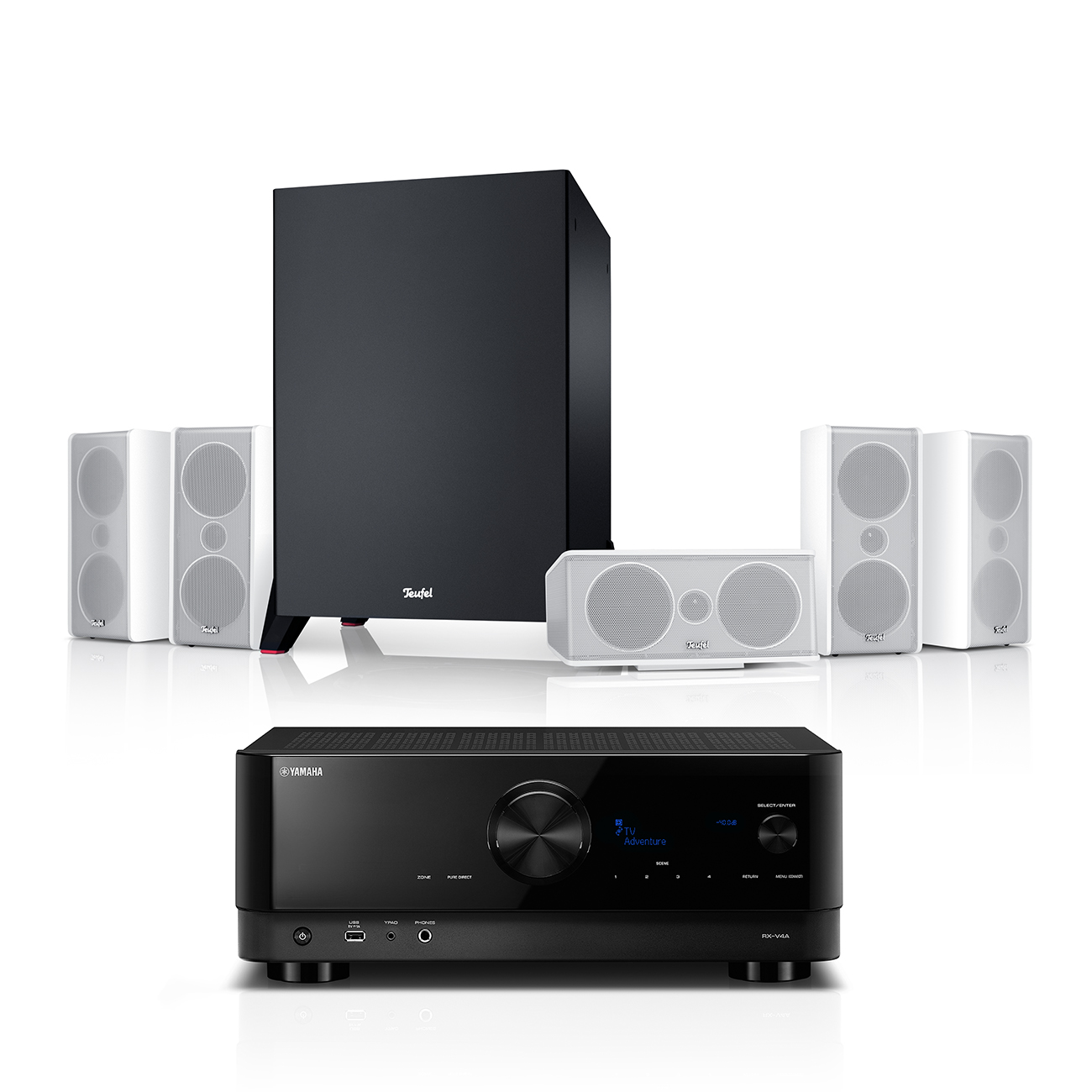
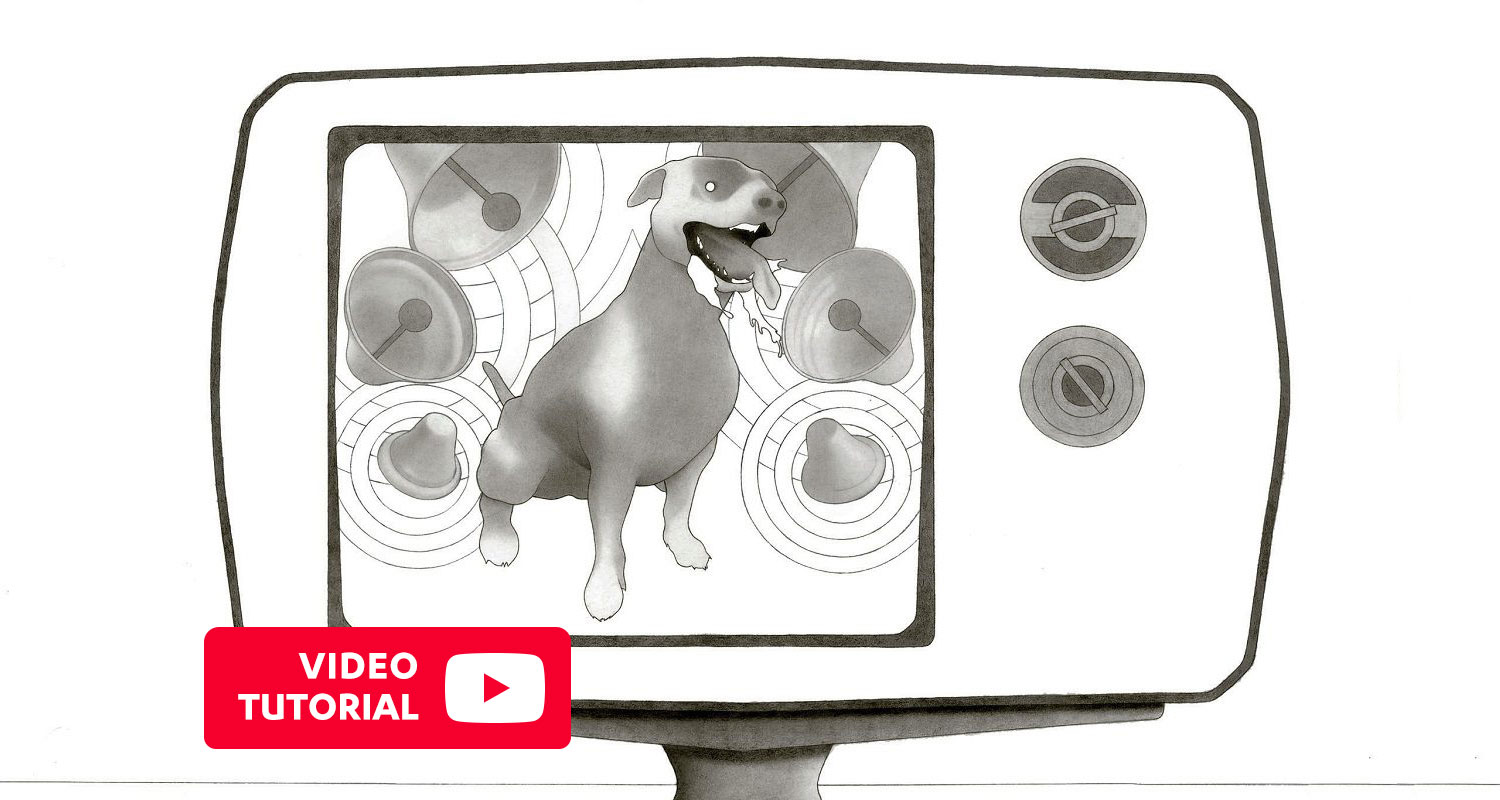
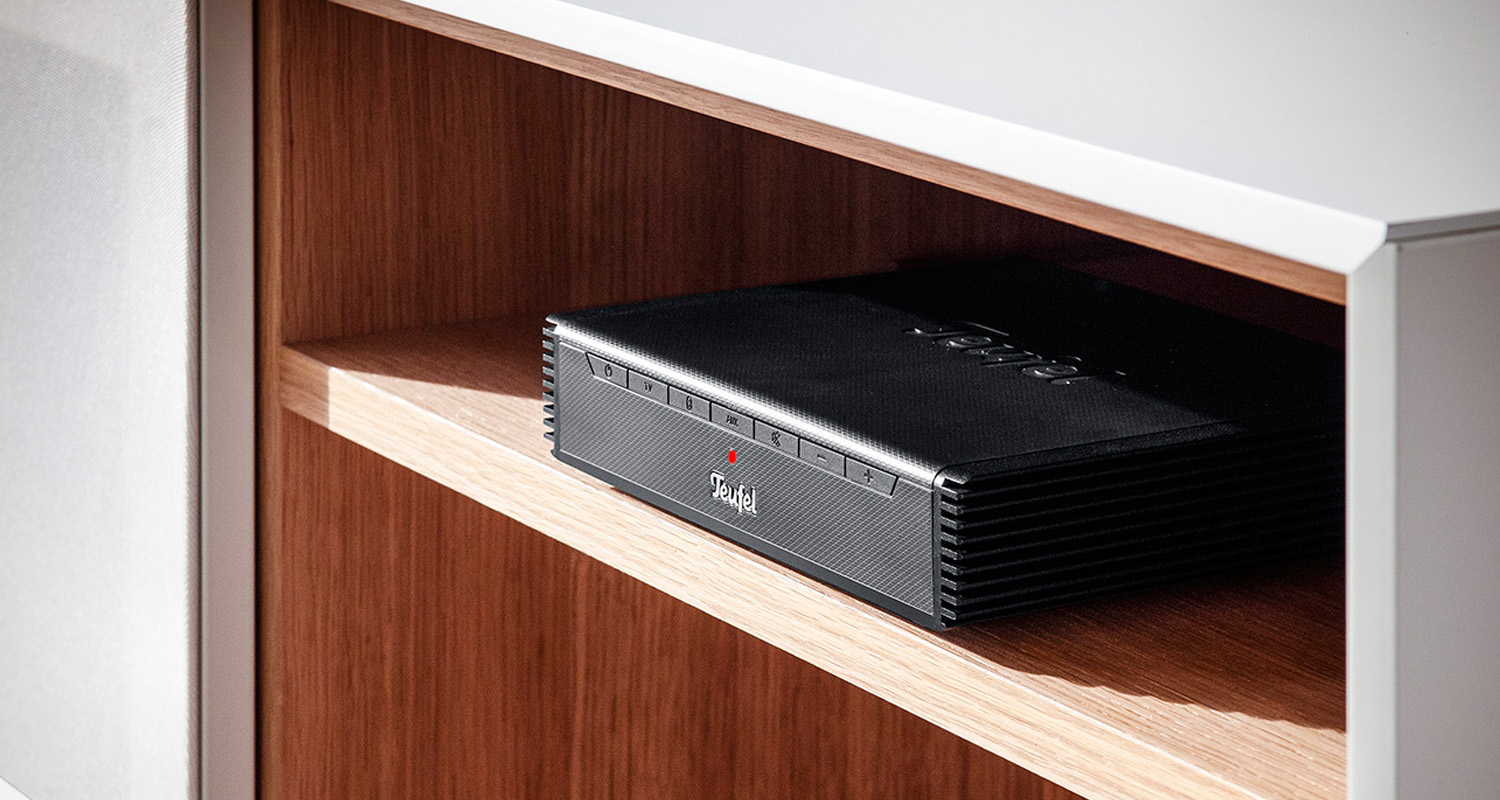

Leave a Reply